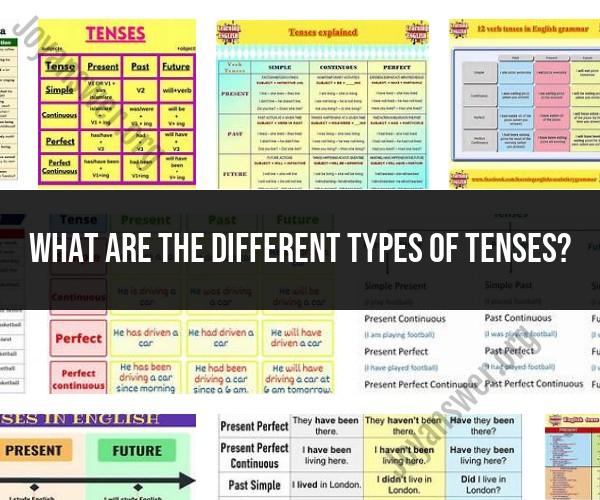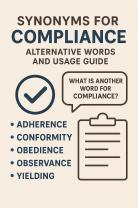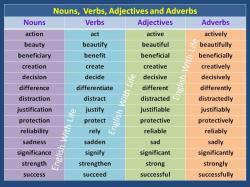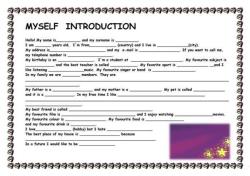What are the different types of tenses?
Tenses play a fundamental role in English grammar, allowing us to express the timing of actions and events. This comprehensive guide explores the various types of tenses, their structures, and how they are used to convey different shades of meaning and context.
Introduction to Tenses
Tenses are linguistic tools that indicate the time of an action or state in relation to the present, past, or future. They are crucial for effective communication, enabling speakers and writers to express the sequence and duration of events.
Present Tenses
Present Simple: Used for general truths, habits, and routines.
Present Continuous: Describes actions happening at the moment or around now.
Present Perfect: Connects past actions to the present, often with a focus on results.
Present Perfect Continuous: Emphasizes the duration of an ongoing action up to the present.
Past Tenses
Past Simple: Expresses completed actions in the past.
Past Continuous: Describes actions that were ongoing at a specific time in the past.
Past Perfect: Indicates an action completed before another action in the past.
Past Perfect Continuous: Focuses on the duration of a past action up to a certain point.
Future Tenses
Future Simple (Will): Used for predictions, promises, and decisions made at the moment of speaking.
Future Simple (Going to): Indicates intentions, plans, or predictions based on present evidence.
Future Continuous: Describes ongoing actions that will happen in the future.
Future Perfect: Depicts an action that will be completed before a specific future time.
Future Perfect Continuous: Highlights the duration of an ongoing action leading up to a future point.
Other Tense Forms
Present Simple Passive: Describes actions when the focus is on the receiver rather than the doer.
Past Simple Passive: Expresses past actions with the focus on the receiver.
Present Perfect Passive: Shows actions that were completed with a focus on the result.
Past Perfect Passive: Indicates an action that was completed before another action in the past.
Conclusion
Mastering the different types of tenses in English grammar is a cornerstone of effective communication. By understanding how each tense functions and practicing their usage, learners can express themselves with clarity, precision, and a deep sense of context.












